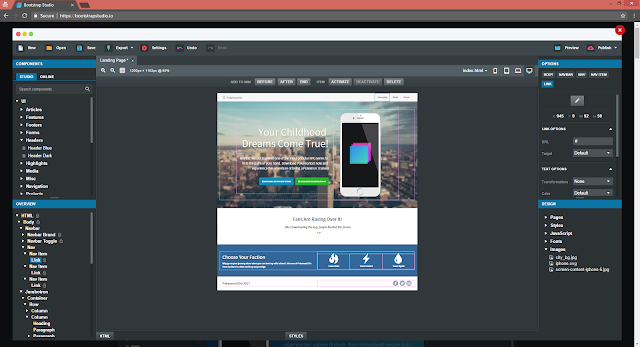Reflections on "Don't make me think"
Don't make me think exposes many aspects of the web that we take it for granted because we are born in the internet generation. First, the terms that he uses are very understandable by most readers because it is direct and it has a natural conversation tone. After all, chapter 3 got my attention because it has a down to earth approach on the design aspects of the webpages. As Krug writes, certain features of a webpage are definitely safe if following traditional approaches. The best comparison to it is the stop sign one, as red and green are universally accepted as stop and green respectively.
Krug points out many aspects of web design that we take for granted but still can be further explored. First, a web page is not a book page, so the visualization process of a page is affected by its content presentation. Also, web layouts have many aspects that users are used to for years, as where logo or menus should be places for easy identification. However, designers that break traditionalism and patterns represent most of all we aspire to once we study design. Who does't want to become famous because of creating a new trend on design? The more we try to be innovative by taking things out of order, the more we need to be careful on designing a page or web that is confusing.
I believe it is also a matter of the designer also as artist. Designing requires a lot of of planning and observation, including problem and solution thesis. Webpages need to provide solutions, whatever information it carries. However, the artistic side of design allow us, students and professionals, to reach for different ideas and unconventional elements to design a page.
Krug points out many aspects of web design that we take for granted but still can be further explored. First, a web page is not a book page, so the visualization process of a page is affected by its content presentation. Also, web layouts have many aspects that users are used to for years, as where logo or menus should be places for easy identification. However, designers that break traditionalism and patterns represent most of all we aspire to once we study design. Who does't want to become famous because of creating a new trend on design? The more we try to be innovative by taking things out of order, the more we need to be careful on designing a page or web that is confusing.
I believe it is also a matter of the designer also as artist. Designing requires a lot of of planning and observation, including problem and solution thesis. Webpages need to provide solutions, whatever information it carries. However, the artistic side of design allow us, students and professionals, to reach for different ideas and unconventional elements to design a page.

Comments
Post a Comment